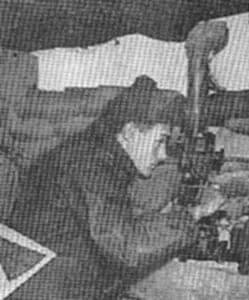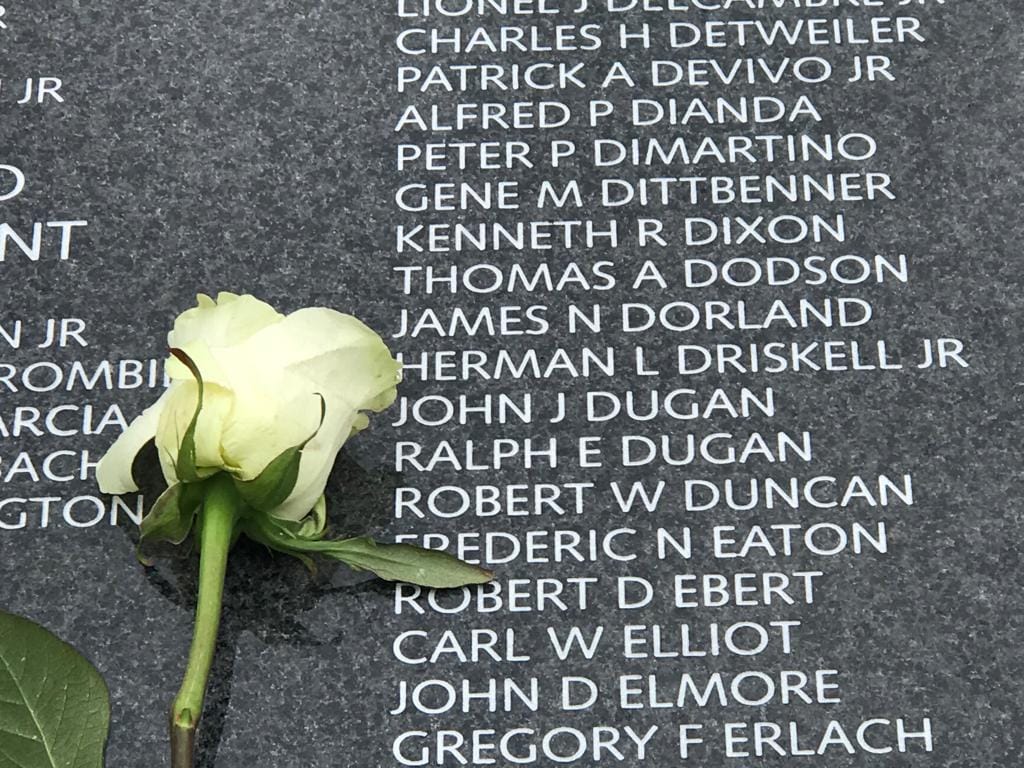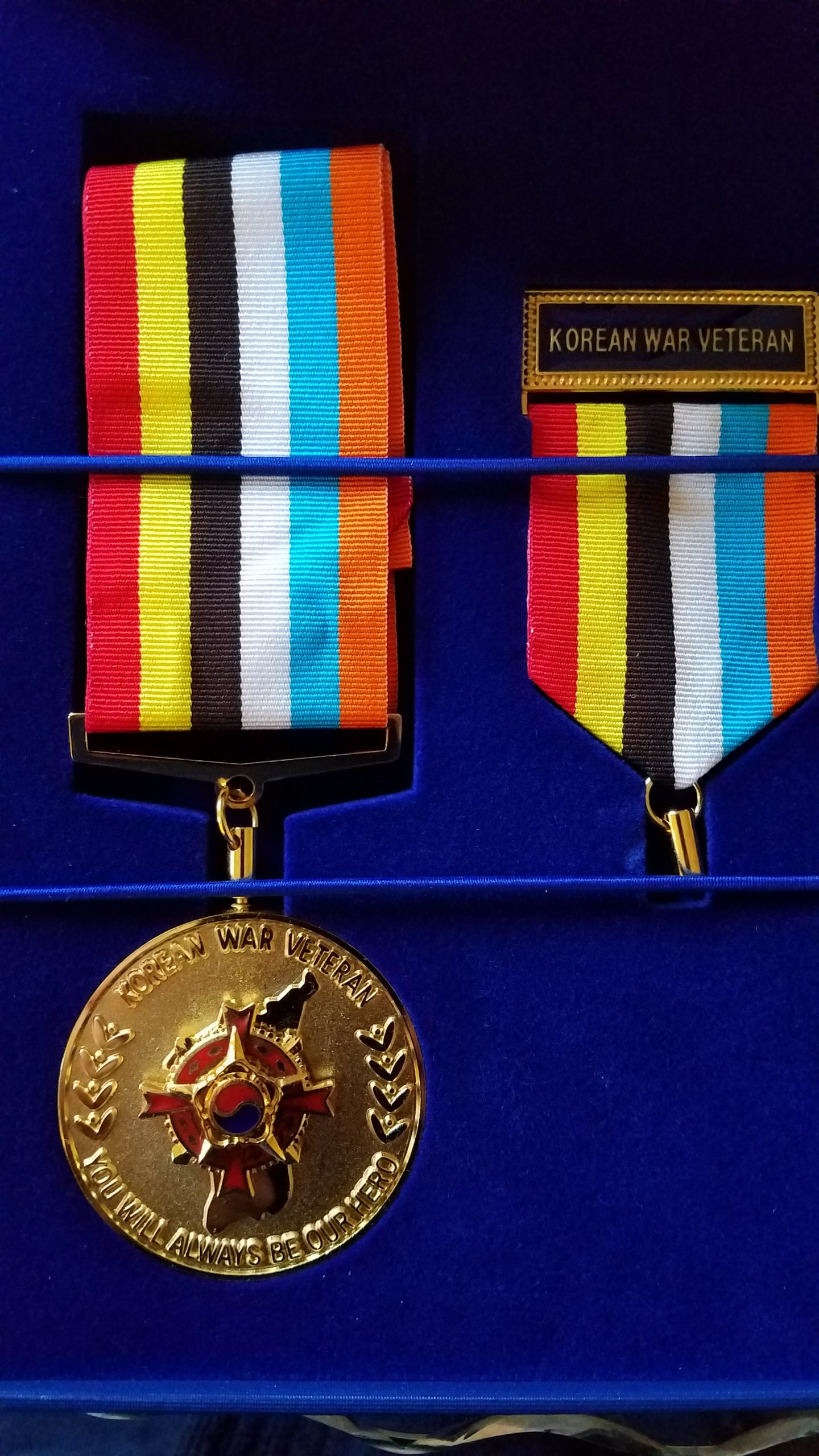
James Dorland
POW/MIA Shot down while performing mission in enemy territory, in Bird Dog, March 1953
Shot down near the 38th parallel during the first day of the bloodiest battle atop Heartbreak Hill/Ridge. The pilot parachuted down and was captured and became a POW until his release whereas James stayed with the plane thinking he could keep it from crashing. We are not sure whether James had time to parachute safely, or not sure if he went down with the plane. Regardless, the North Koreans will not allow the US or any other country to search for bodies. If the North Koreans would allow us, then we have a 99% of locating where his plane is since the US military has the coordinates as to where the crash is.
James was the 2nd son of Raymond Dorland, an influential businessman who built his Davis and Dorland insurance company that serviced mostly carrier insurance in NY city. James was well liked by many and his father had hopes that, after the war, he would join his father in his insurance business.
The Dorland family had small chapel built in his memory, along with a stained glass window where James’ name is engraved in the glass. The chapel is lovely, and is annexed to the main vestibule of their church located in Montclair, NJ.
MIA Wall of Remembrance, James N. Dorland, MIA/POW
Washington, DC Korean War Memorial
The South Koreans and the US military gave us the ultimate honor to be there in September when there was the first unveiling of the War Memorial. This was the rose we left next to his name.

MIA Wall of Remembrance, James N. Dorland, MIA/POW
Korean War - Key Events
October 25, 1950
Having destroyed the bulk of the North Korean army, UN troops have pressed on into North Korea and are now approaching the Yalu River. Chinese People’s Volunteers Force (CPVF) troops under veteran commander Gen. Peng Dehuai cross into North Korea and inflict serious losses on the lead units of the UN advance. The sudden appearance of Chinese forces sends the main body of UN forces reeling back to the south bank of the Ch’ŏngch’ŏn River.
These events are taken from the Encyclopedia Britannica


Comments
Likes 0
You must be a registered user to comment or like - please register to join us!